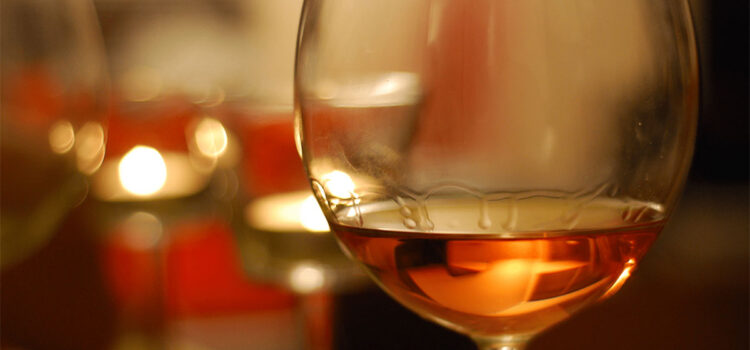Latest trend or ancient recipe? Beloved, criticised and the subject of debate among experts, Orange Wines or Macerated Wines are wines of ancient tradition, revalued throughout history as products of excellence.
The re-birth of Orange Wines
The pioneer of the renaissance of macerated wines is an Italian producer, Joško Gravner. At the end of the 1990s, he went against the tide, overturning all the concepts of viticulture at the time. During a stay in California, he noticed that uniform wines without character were on the market. So he decided to change course and take a trip to the cradle of wine, Georgia.There he found inspiration and returning to his winery in Gorizia (in Friuli) he began experimenting with grape varieties, amphorae and ancient methods. With a small group of experienced winegrowers in Friuli, he recovered them, experimenting with ancient techniques together with modern scientific knowledge, and achieved excellent levels of production. Today, winegrowers dedicated to this product of excellence can be found all over the world.
How does vinification take place and with what differences?
The difference in the various production methods determines the more or less intense 'orange' colour. In short, white wine is vinified like red wine. The grapes are not pressed and separated immediately after harvest, but the juice, skin and berry components are left to macerate together for a variable period.
Intense colours, from antique gold to topaz, from orange to amber
Once the alcoholic fermentation is complete, the next step is refinement, which takes place, at the winemaker's discretion, in glass, steel, amphora, cement or wood. Depending on the white grape variety used, the period of skin contact and the method of ageing adopted, wines are obtained with hues ranging from old gold to topaz, from orange to amber; the reflections can be bright, vivid and intense, sometimes even with a certain opalescence, because they are not normally clarified and filtered and in any case also with little sulphur.
Unusual scents and aromas
If it is the first time you taste a macerated white wine, your nose and palate will be surprised by the scents and aromas.iWe are not talking about the 'skin-contact wines' from 20 years ago that may have had some faults due to wrong choices in the vineyard or the lack of hygienic standards in the cellar; we are talking about more intense, mature, vegetal and balsamic aromas,i such as resinous scents, Mediterranean scrub, pine and eucalyptus. More enveloping, fuller flavours with bright tanninsi (which make the mouth feel dry and rough) and more mineral salts present, a combination that increases the wine's body.
But note, do not be fooled by your habits: not 'finding' certain usual scents and aromas does not mean that you should judge these wines negatively just because they deviate from traditional tastes.
Have you ever detected notes of incense and propolis in a wine?
On the nose we will detect notes of incense, propolis, smoke, tobacco, coffee, nougat, caramel. While for the family of fruity scents, we have to imagine ripe, dehydrated, candied, cooked fruit, fruit under spirit (such as baked apple, candied lemon, dried fruit, cherry or plum under spirit)... and if we are talking about a very good wine, there will be many other scents and aromas to discover.
